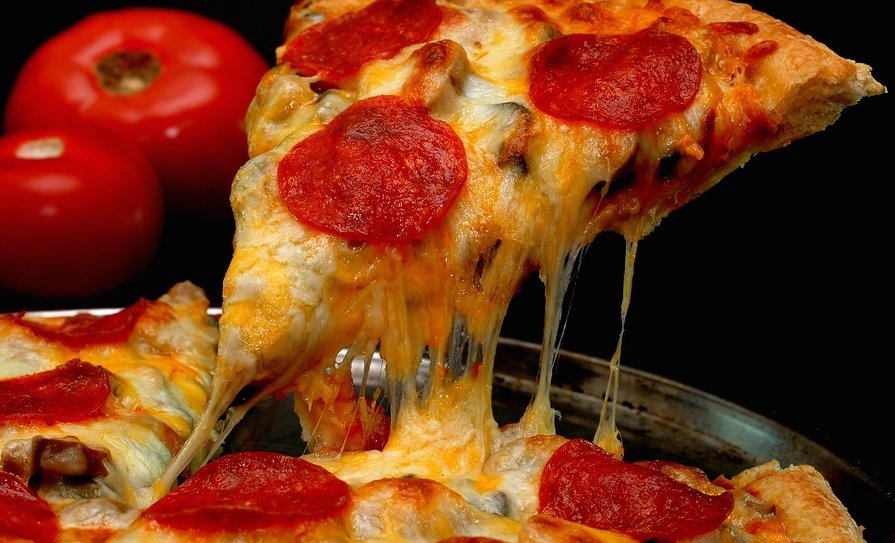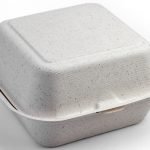Some people tend to crave sweets, while others typically crave salty foods. If you fall into the former category, you may believe that you don’t need to worry much about your salt intake. After all, you don’t crave chips, salted nuts, and popcorn. What could be the problem? But the truth is, you should probably be concerned no matter what your food preferences. In fact, many of the top sources of salt in an American diet might surprise you, according to the results of new research.
The report, which was compiled by the Centers for Disease Control and Protection in Atlanta, Georgia, contained a listing of the most common sources of salt among adults and children two and older in the United States.1 Quader, Zerleen S.; et al. “Sodium Intake Among Persons Aged >2 Years—United States, 2013-2014.” Morbidity and Mortality Weekly Report. 31 March 2017. Accessed 8 April 2017. http://www.cdc.gov/mmwr/volumes/66/wr/mm6612a3.htm?s_cid=mm6612a3_w. The results showed that 44 percent of the salt we consume comes from only 10 foods.
The top 10 list is:
- Bread – yes, you read that right. Surprised?
- Pizza
- Sandwiches
- Cold cuts and cured meats
- Soup – unless you make your own no salt version.
- Burritos and tacos
- Salted snacks
- Chicken – another surprise, yes?
- Cheese – and yet again.
- Eggs and omelets – and one final surprise.
And the surprises keep coming. Surprised that a common food like French fries didn’t make the list? Don’t worry, it did, only further down on the top 25 version. This goes to show that it is not only the foods we typically think of as salty that we need to be concerned about, but also the many processed foods that sneak a lot of salt in because it is often used to as a preservative as well as a flavor balancer.
Even worse for those of us who dine out or bring in meals frequently, the report noted that 61 percent of our daily salt intake originates from ready-made and restaurant foods. It is difficult to know exactly what is going into food you are not preparing yourself, so obviously it is better to cook at home. But when that’s not an option, keep in mind that the simpler the preparation, the less likely it will have added salt. So skip the soup and request your salad dressing on the side so you can use it judiciously, and don’t be shy about asking to skip the fancy sauces.
Why is salt so problematic? That’s somewhat of a tricky question since salt is essential to our diets. However, it’s the amount and type of salt used that can make it a health risk. For a nuanced look at refined salt versus the unrefined salt we should be striving to include in our daily diet, read Jon Barron’s in-depth article on the topic, entitled A Pillar of Salt. To briefly explain here, though, the problem occurs because an excess of refined salt in the diet is a major risk factor for developing high blood pressure, and high blood pressure is associated with an increased risk of having a heart attack or stroke. The American Heart Association recommends adults limit their salt intake to 1,500 milligrams per day. But the CDC report found that the typical adult instead consumes more than twice that amount—a whopping 3,400 mg daily. But again, we’re talking about commercial refined salt. And we’re also talking about not including enough potassium in the diet to mitigate many of the negative health effects of a high sodium intake.
Ultimately, what it comes down to is taking a little time out to focus on bettering your health. Make a habit of reading the Nutrition Facts panel of items you are thinking of buying in the supermarket. If you see that the sodium listing is high per serving, put it back on the shelf and do some comparison shopping. Try to avoid buying foods— such as cold cuts and bacon—that you know are unhealthy for reasons far beyond their sodium content.
Make an attempt to cook more from scratch at home. If you know certain nights are tougher for you to find the time, then plan ahead. Prepare a larger batch of food the evening before so you’ll have leftovers to enjoy on the busier night. There are plenty of simple recipes you can use to season your food with natural herbs and spices that will taste delicious with no added salt. In fact, they may leave you never wanting to go back to pre-made meals again. And when you do use salt, use unrefined sea or Himalayan salt, as that avoids a lot of the negatives health effects.
References
| ↑1 | Quader, Zerleen S.; et al. “Sodium Intake Among Persons Aged >2 Years—United States, 2013-2014.” Morbidity and Mortality Weekly Report. 31 March 2017. Accessed 8 April 2017. http://www.cdc.gov/mmwr/volumes/66/wr/mm6612a3.htm?s_cid=mm6612a3_w. |
|---|












Which Salt contains Iodine ?;
Which Salt contains Iodine ?; Is Morton Salt’s Iodine Natural ?;
For a full discussion on salt
For a full discussion on salt, check out Jon’s article, A Pillar of Salt. Note it is best to buy unrefined, minimally processed, non-iodized sea salt. A good quality sea salt like Celtic Sea Salt will actually contain more natural iodine per gram (approximately 150 mcg, 2/3 of your body’s daily requirement) than iodized table salt (approximately 50-80 mcg).
I’m curious about why the
I’m curious about why the American Heart Association’s recommendations are now valid, when so many alternative practitioners have been questioning their relationship with Big Pharma, and their encouragement of more sugar and starch intake. But my real question is about the role of SUGAR (not salt) and blood pressure, including how diabetes (or pre-diabetes) negatively affects the kidneys, resulting in both increasing edema and frequent urination. My own experience is that sugars/starches are a much bigger problem than salt. When I cut sugar and starchy carbs out of my diet about a year ago I didn’t expect my edema to go away, or my blood pressure to go down, but they did. I’ve also heard others say the same. And now I salt my food a little with good salt — ancient salts from Utah, Celtic sea salt, and/or Pink Himalayan — and STILL my blood pressure has remained down and my edema hasn’t come back. It seems ironic to me that when I did have edema and frequent urination my conventional doctor just gave me diuretics… but didn’t really discourage eating starches or sugars. Now, without starches and sugars, and even though I eat salt, I sleep through the night without having to get up several times, I don’t swell up, and my BP (tested regularly at home) remains in the normal range. I just can’t see that the AHA’s recommendations, and the reduction of salt, trump the benefits of eliminating starches and sugars.
You may want to reread the
You may want to reread the article again. It doesn’t disagree with your fundamental feelings about salt. As the article states, the situation with salt is more nuanced than the American Heart Association recommendation. You have to account for the type of salt—refined VS unrefined. It then suggests you read Jon’s complete exploration of salt, A Pillar of Salt. Remember, the article itself was not a detailed look at salt, but rather about the different foods that contain large amounts of refined salt. As for sugars and starches, you might find the following article informative. https://jonbarron.org/sugar-and-insane-world-studies
Gotcha, I did read that. But
Gotcha, I did read that. But what I was getting at is that many people seem to be ignoring the impact of sugars/starches on the kidneys, with the resultant edema and elevated blood pressure. Sugars/starches are obviously a problem on many levels but I think their effect on water use and retention are under-reported and they may be a bigger problem in those areas than salt. Diabetics for example typically have kidney issues. Their bodies also swell with fluid and the edema doesn’t go away when they reduce salt. Perhaps another article on this topic?